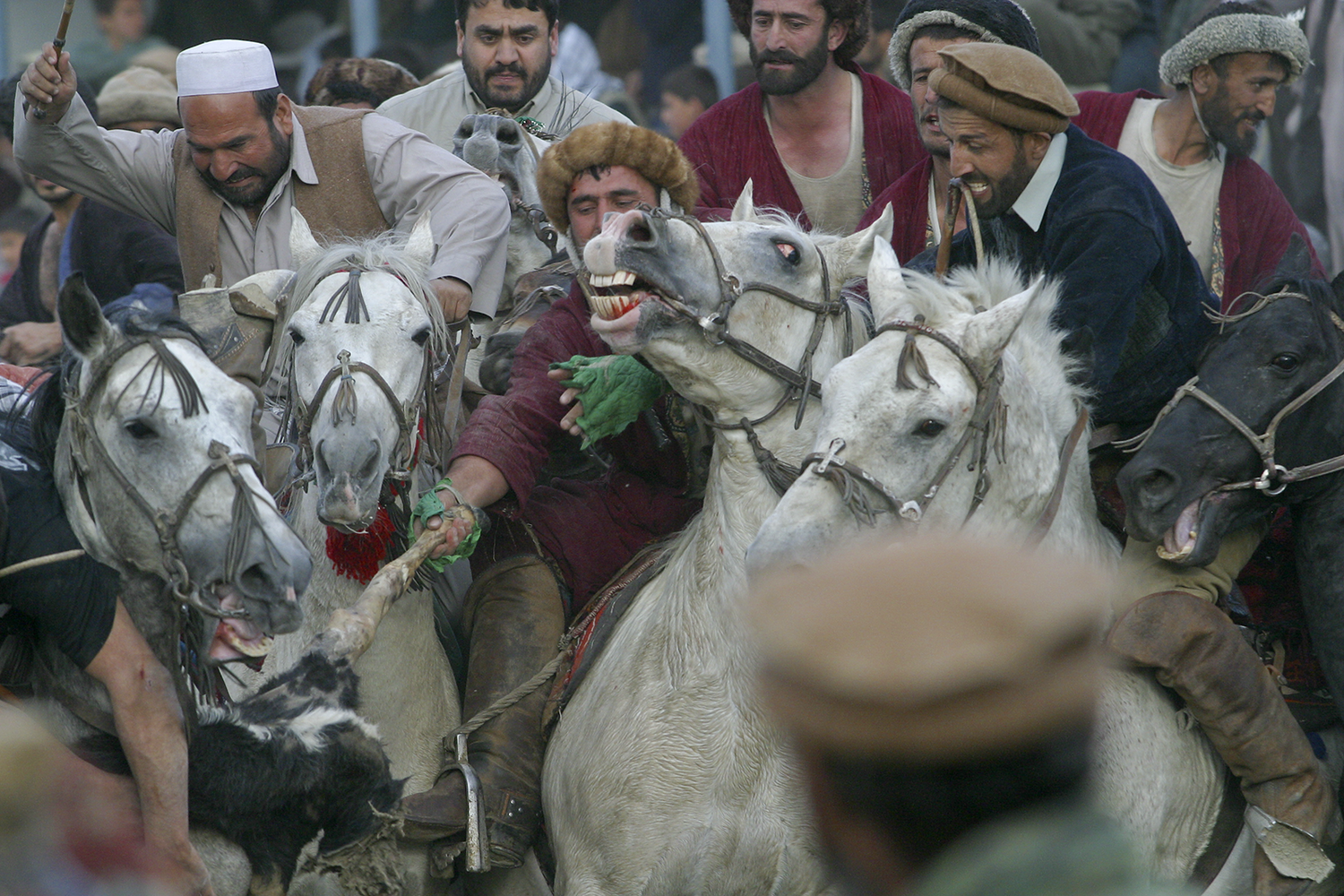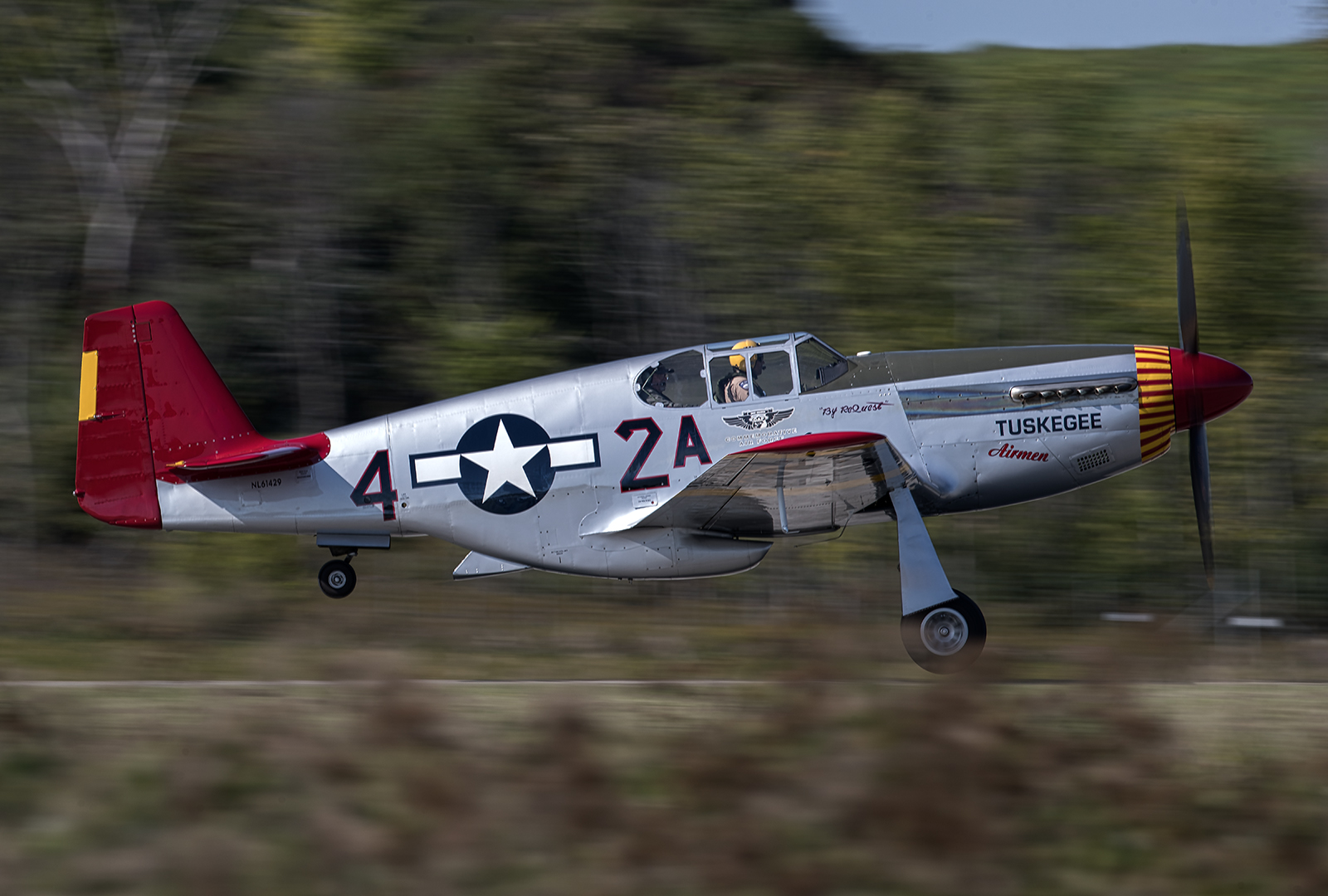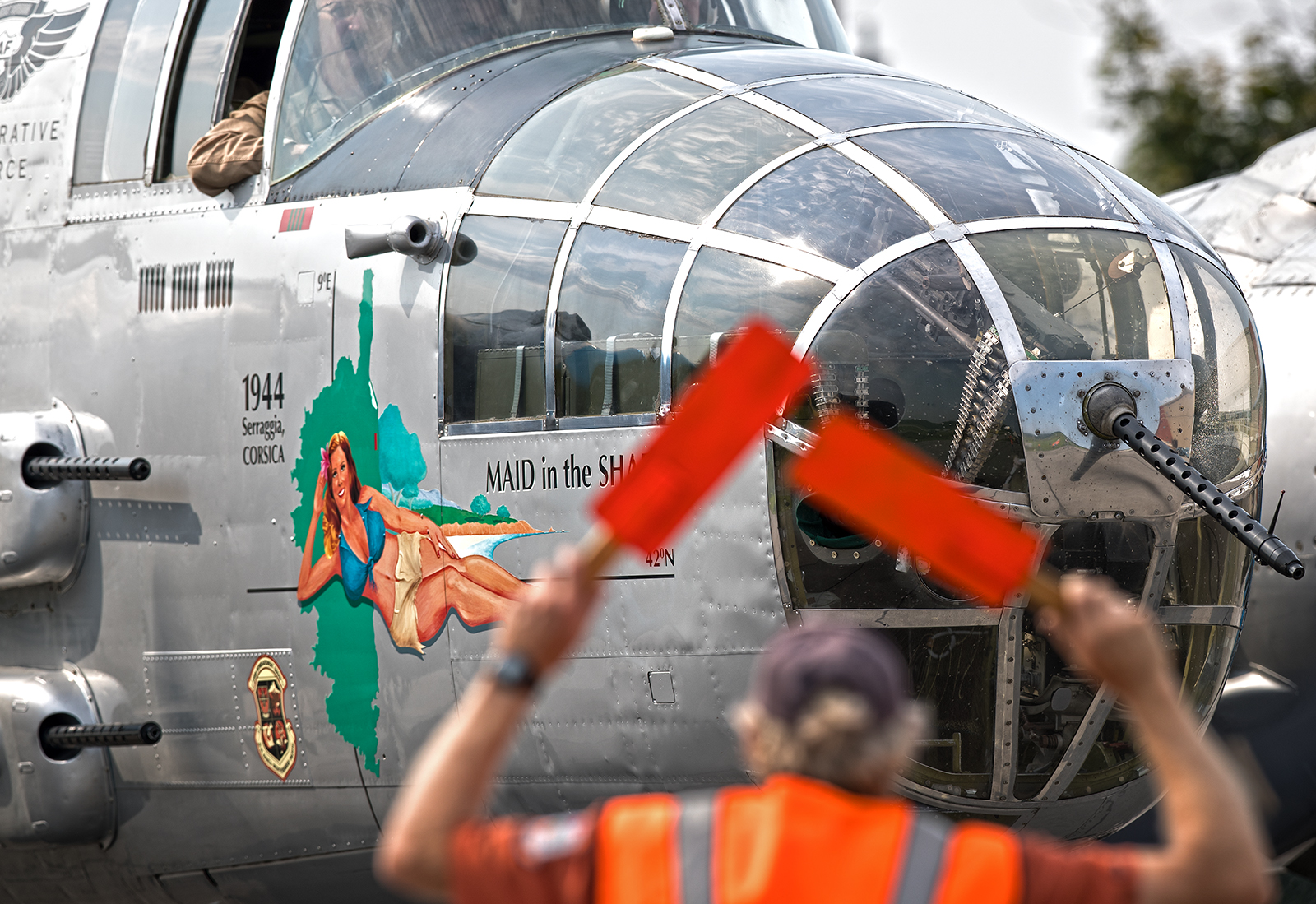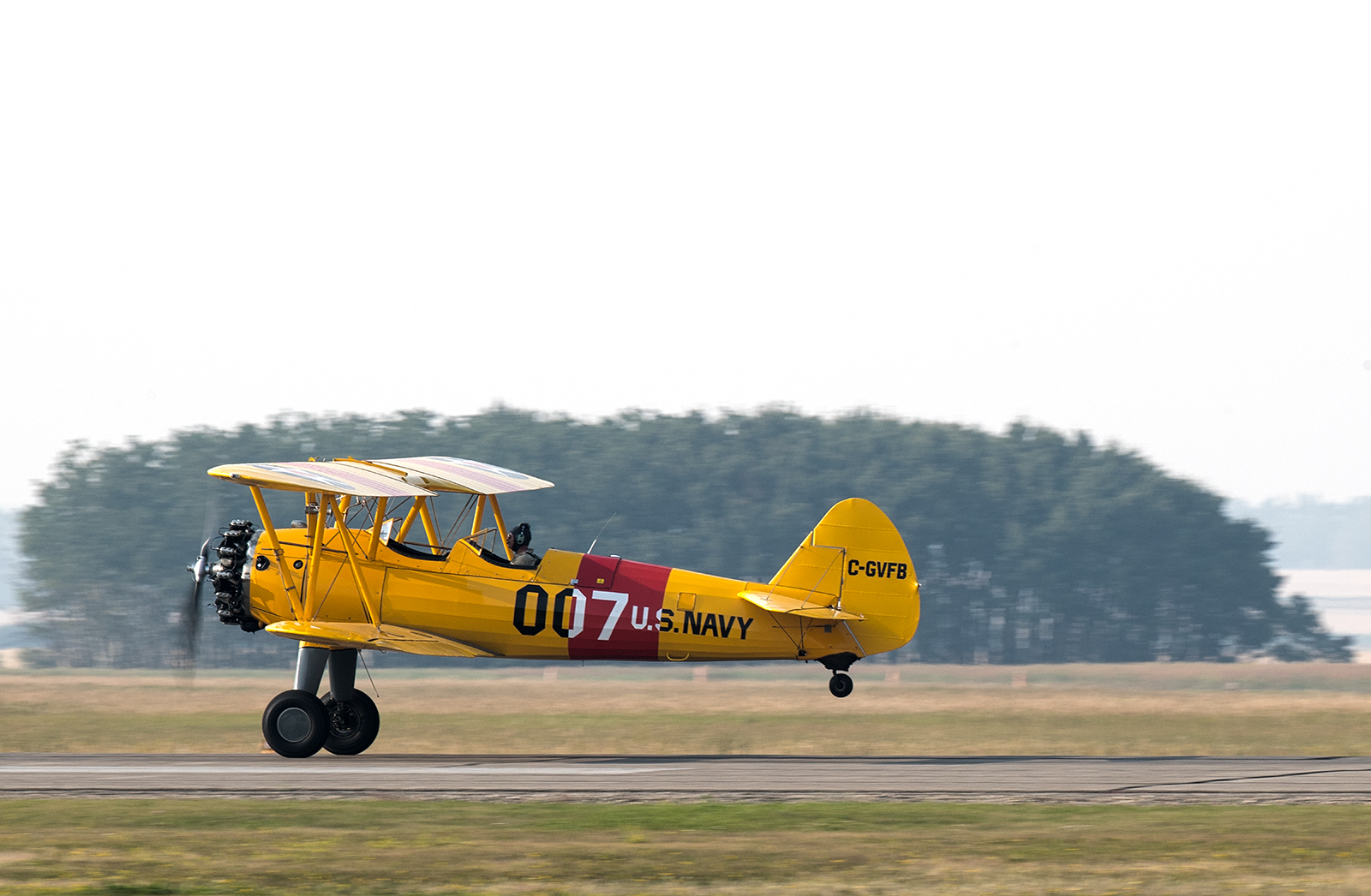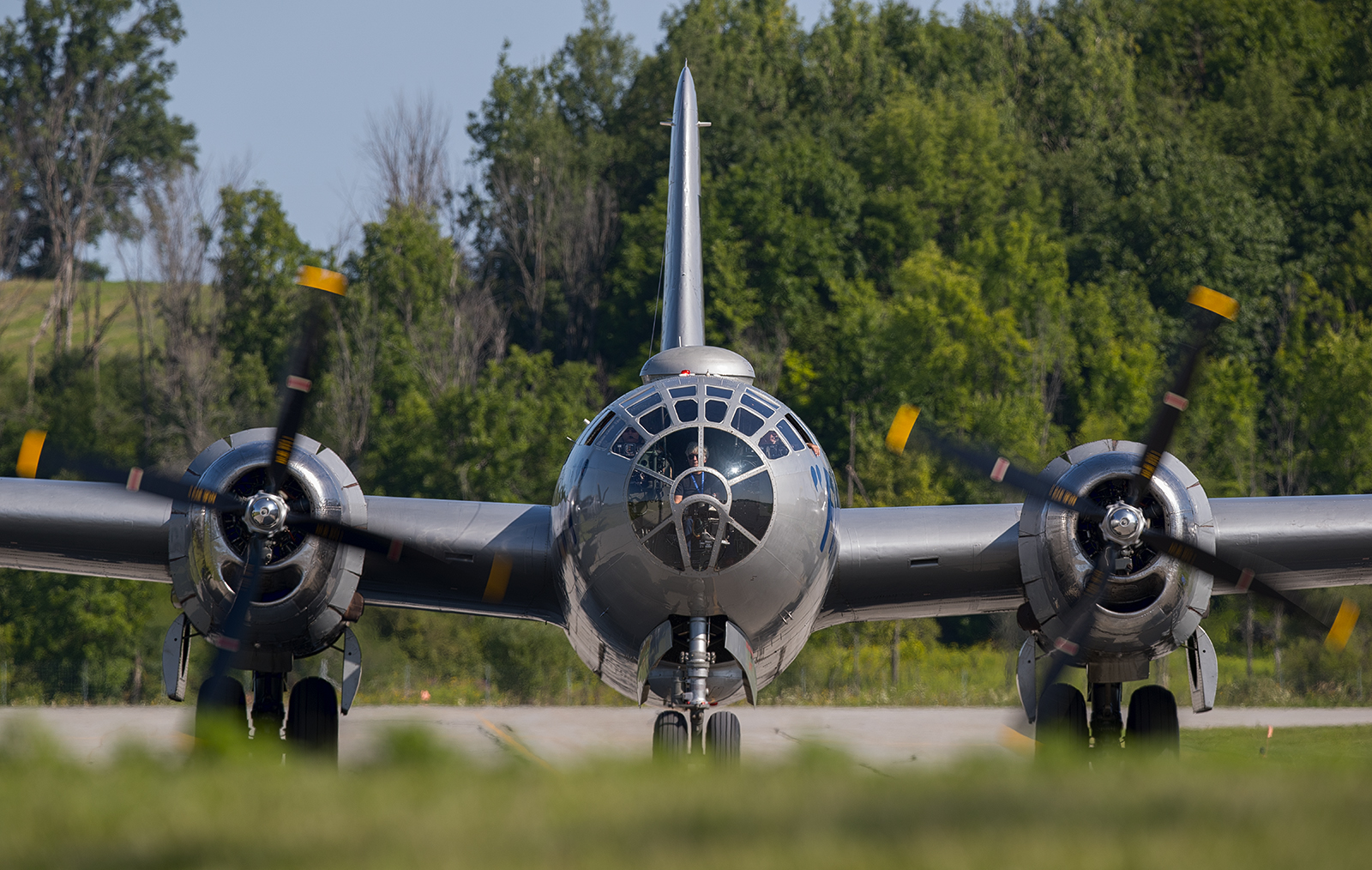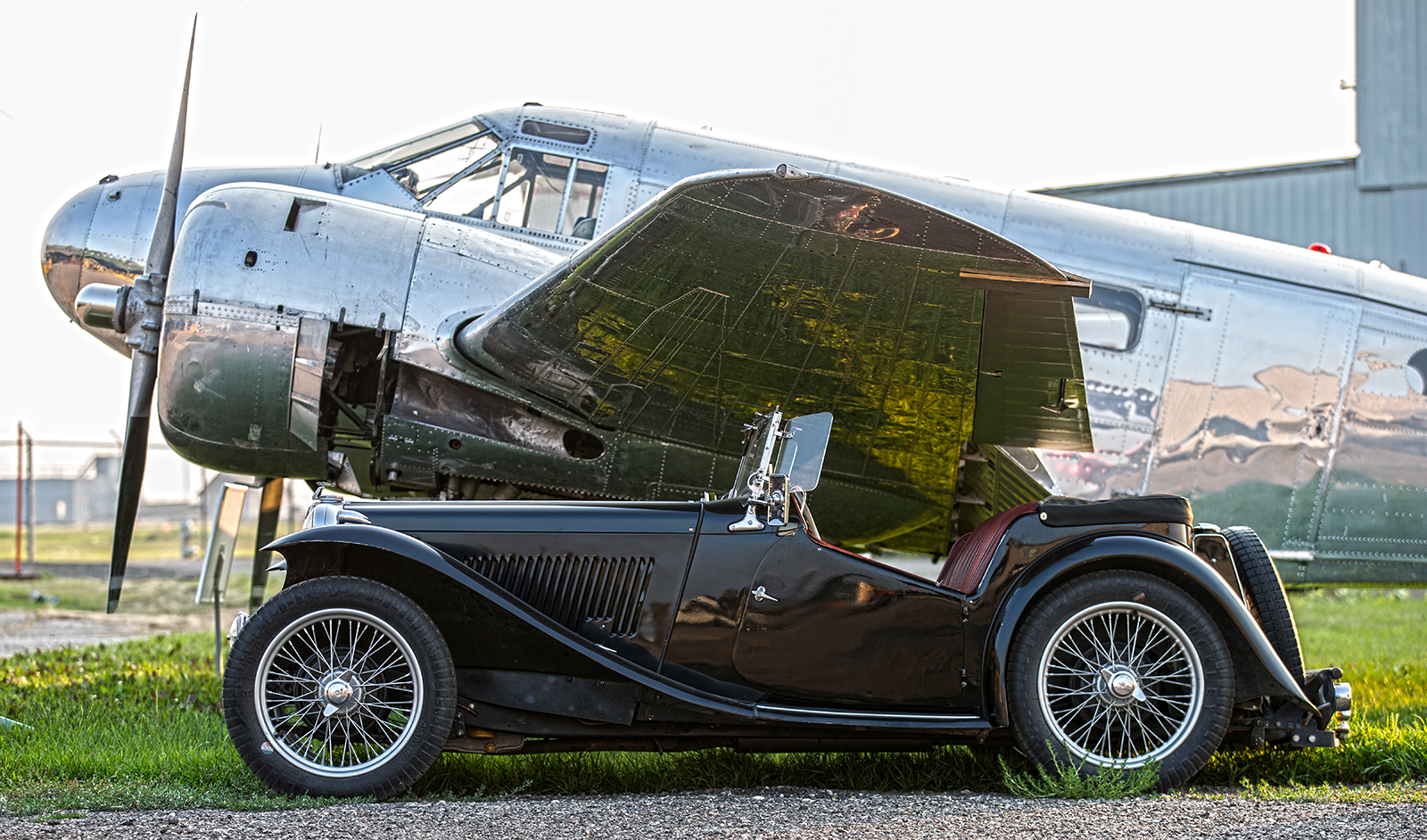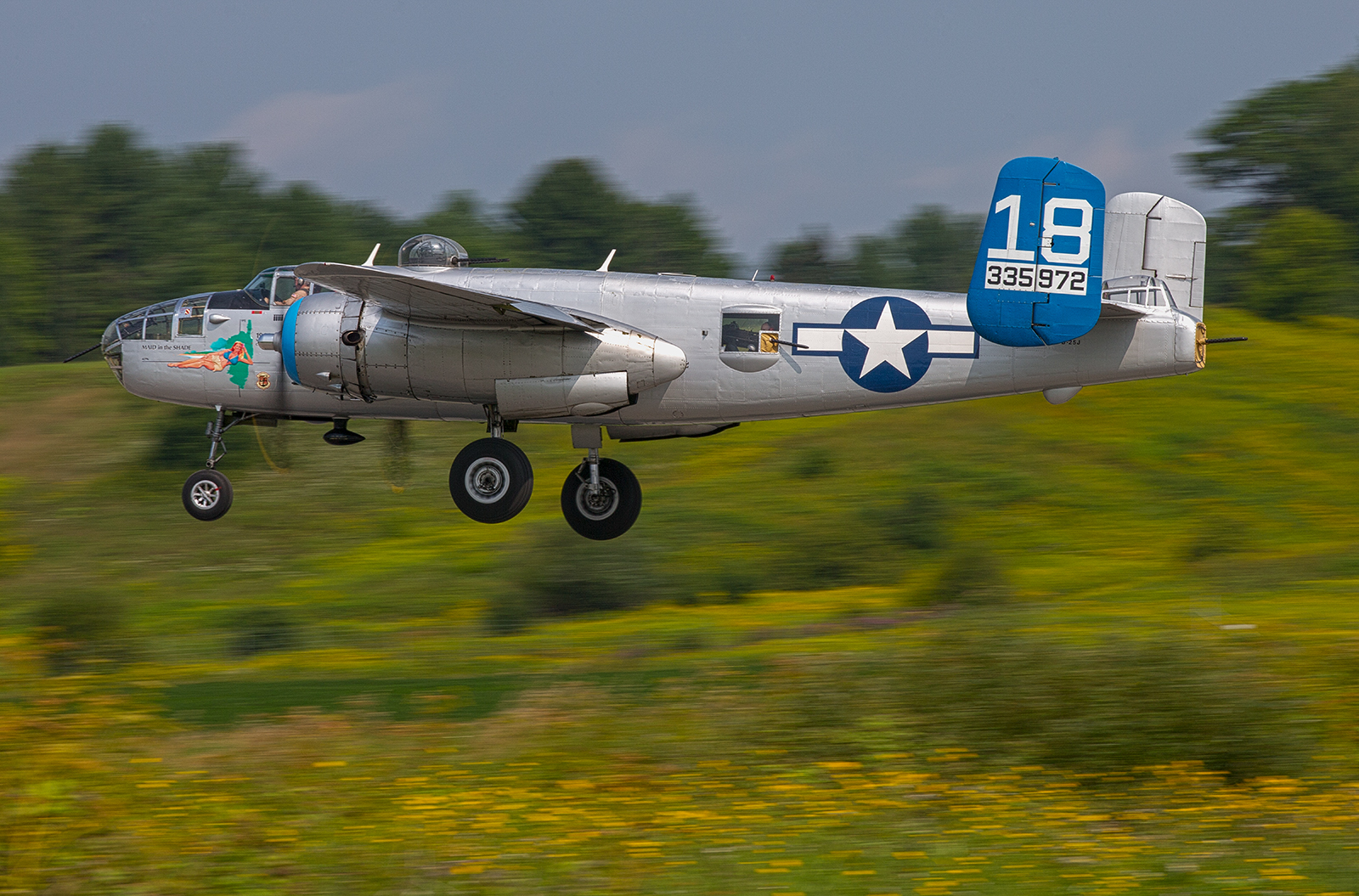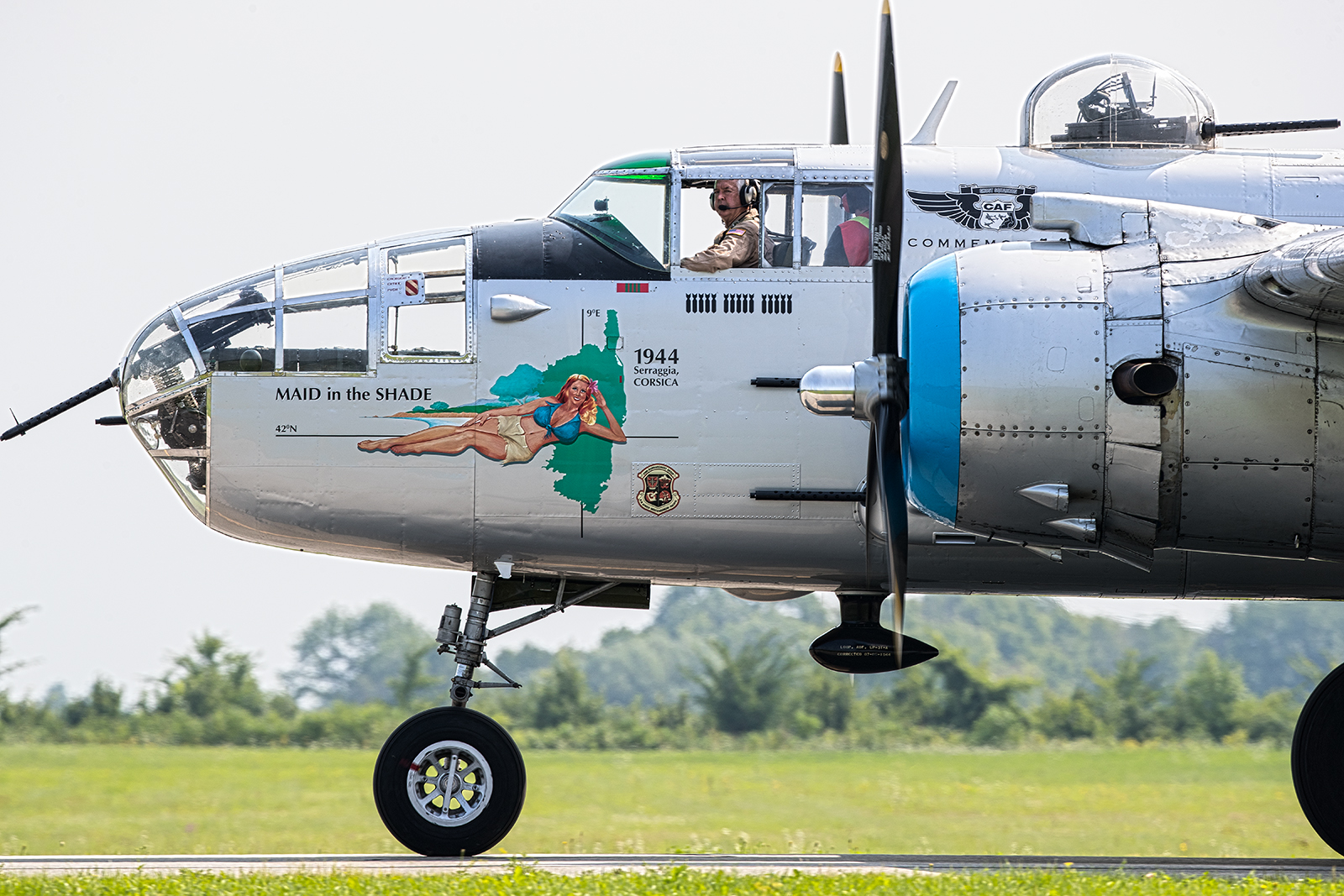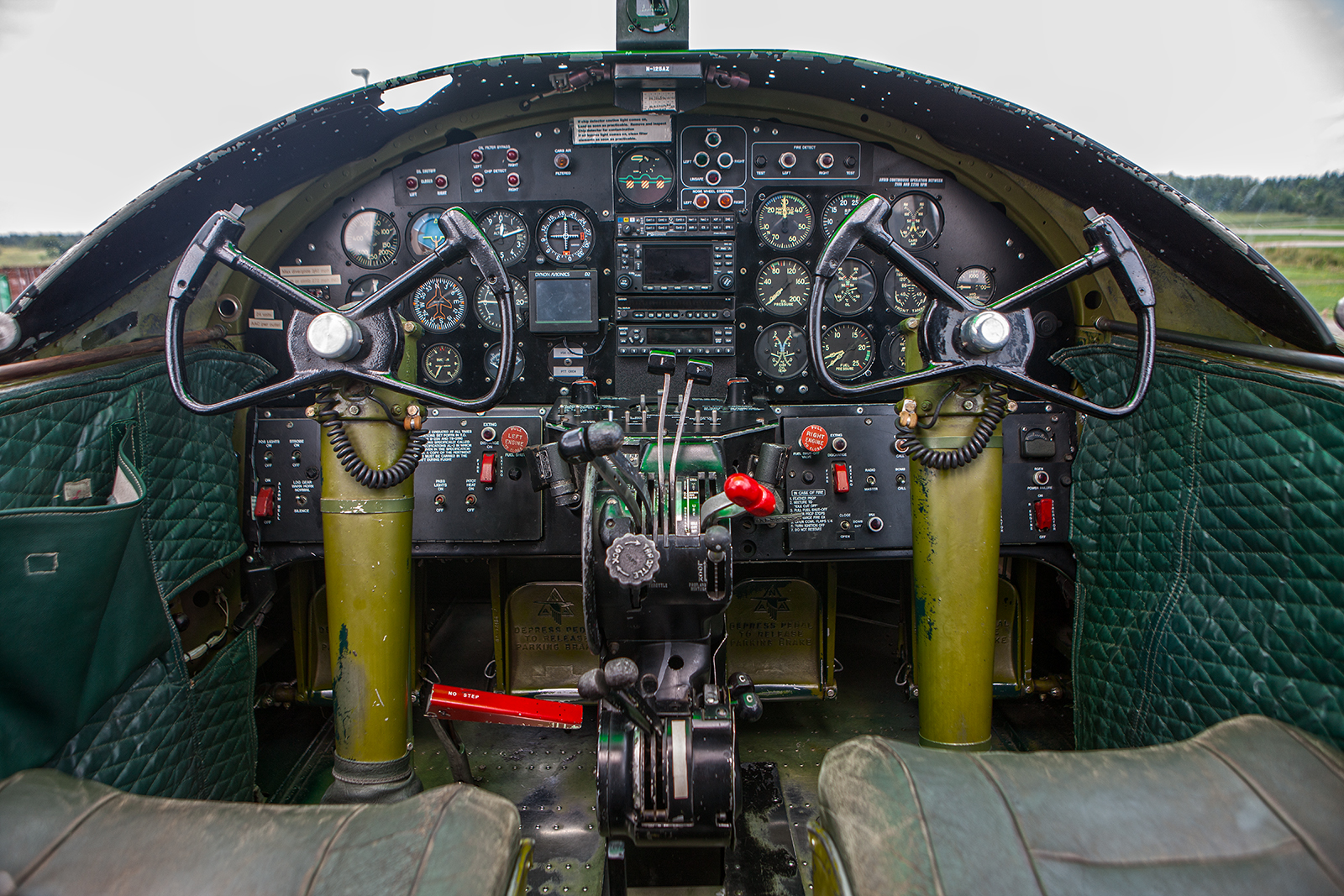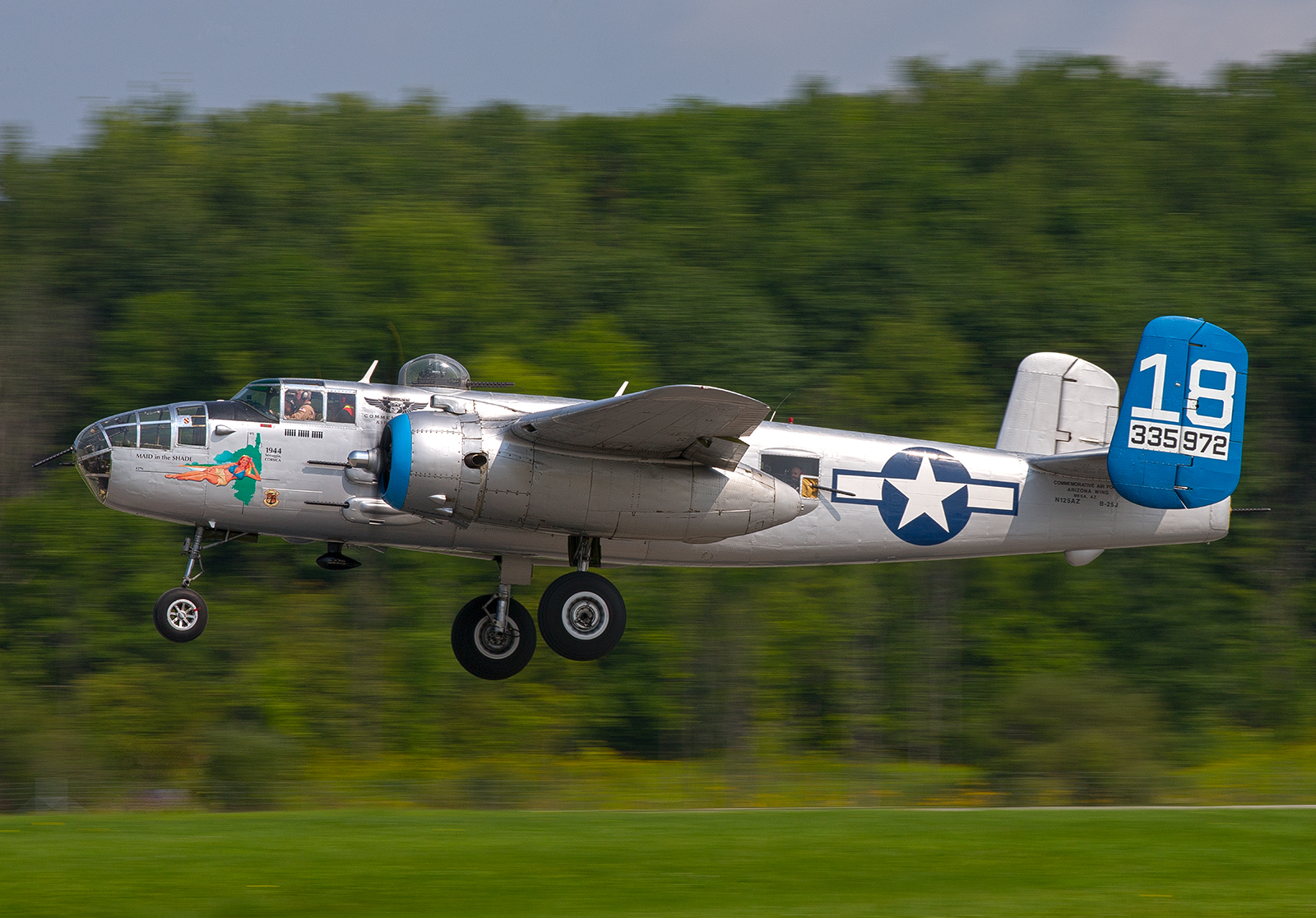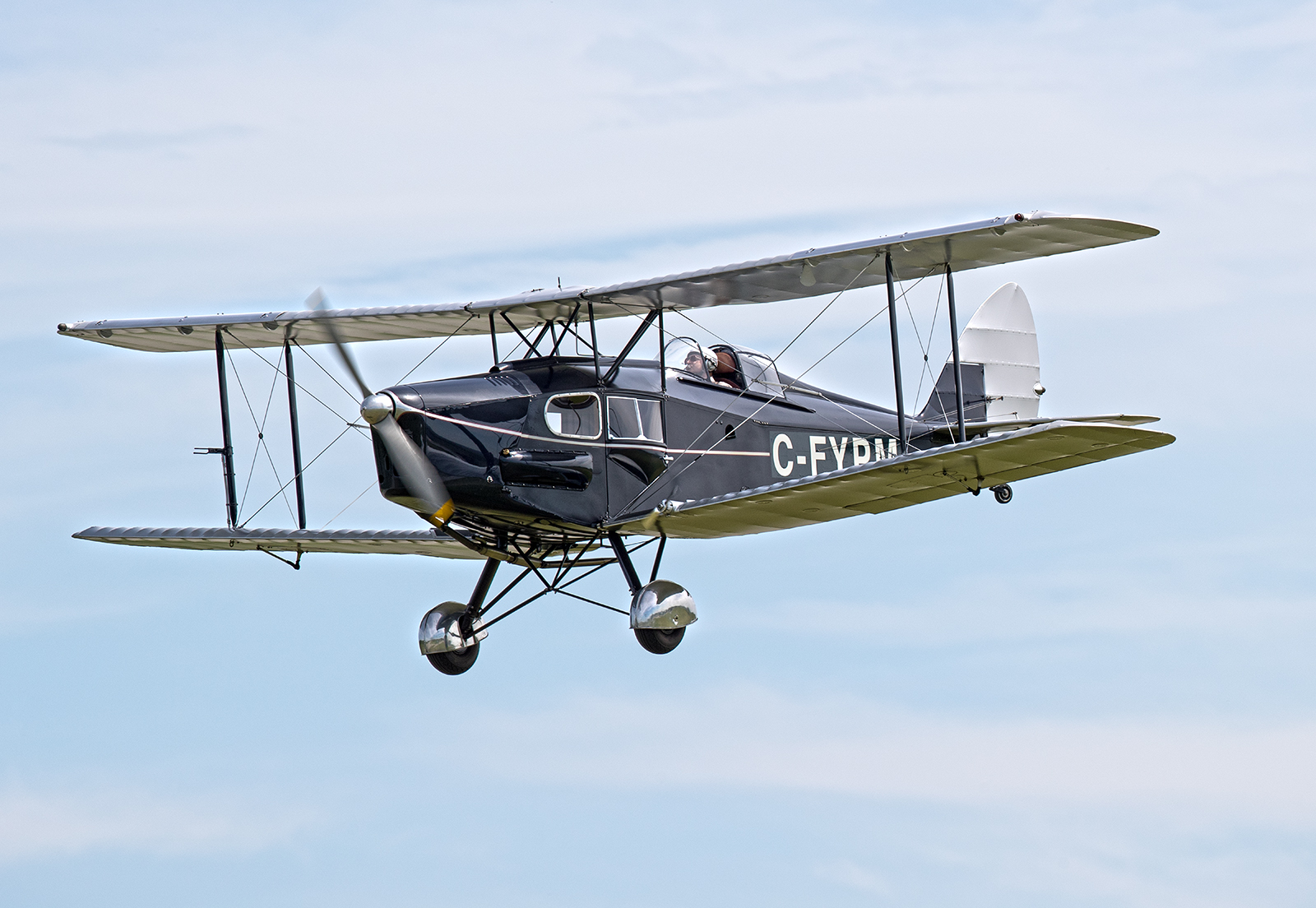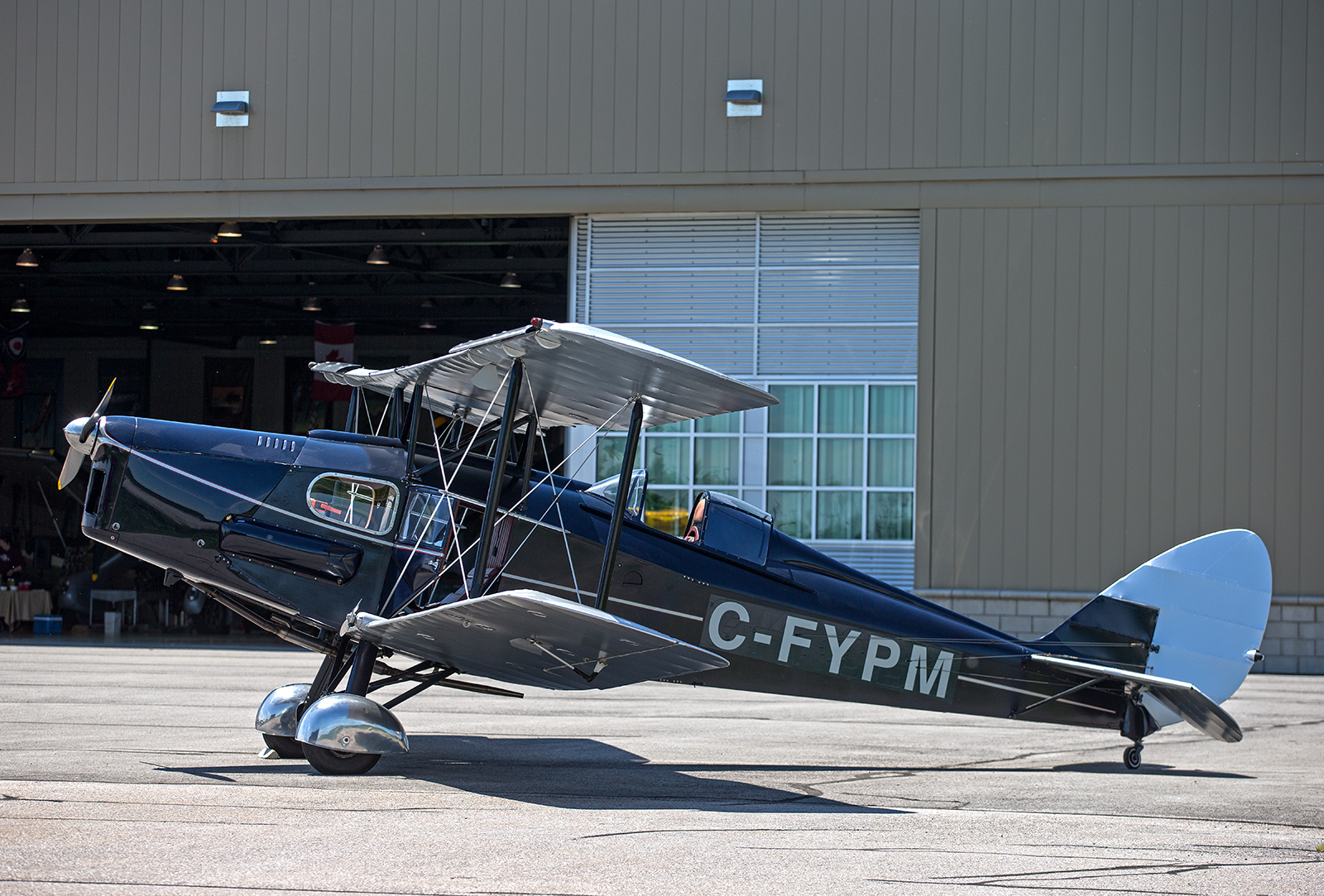Dating from the time of Ghengis Khan, the glorious game of buzkashi (pronounced BOO-skeh-shee) is Afghanistan's national pastime. It may well be the most violent game on earth. Dozens of horsemen, sometimes hundreds, on two teams or more battle for possession of a headless calf carcass. Pride, prestige, even political power are at stake in these matches which, like cricket, can go on for days. But buzkashi, with its whips, stallions and bloody consequences, is definitely not cricket. The players are warriors, and so are their stallions.















































